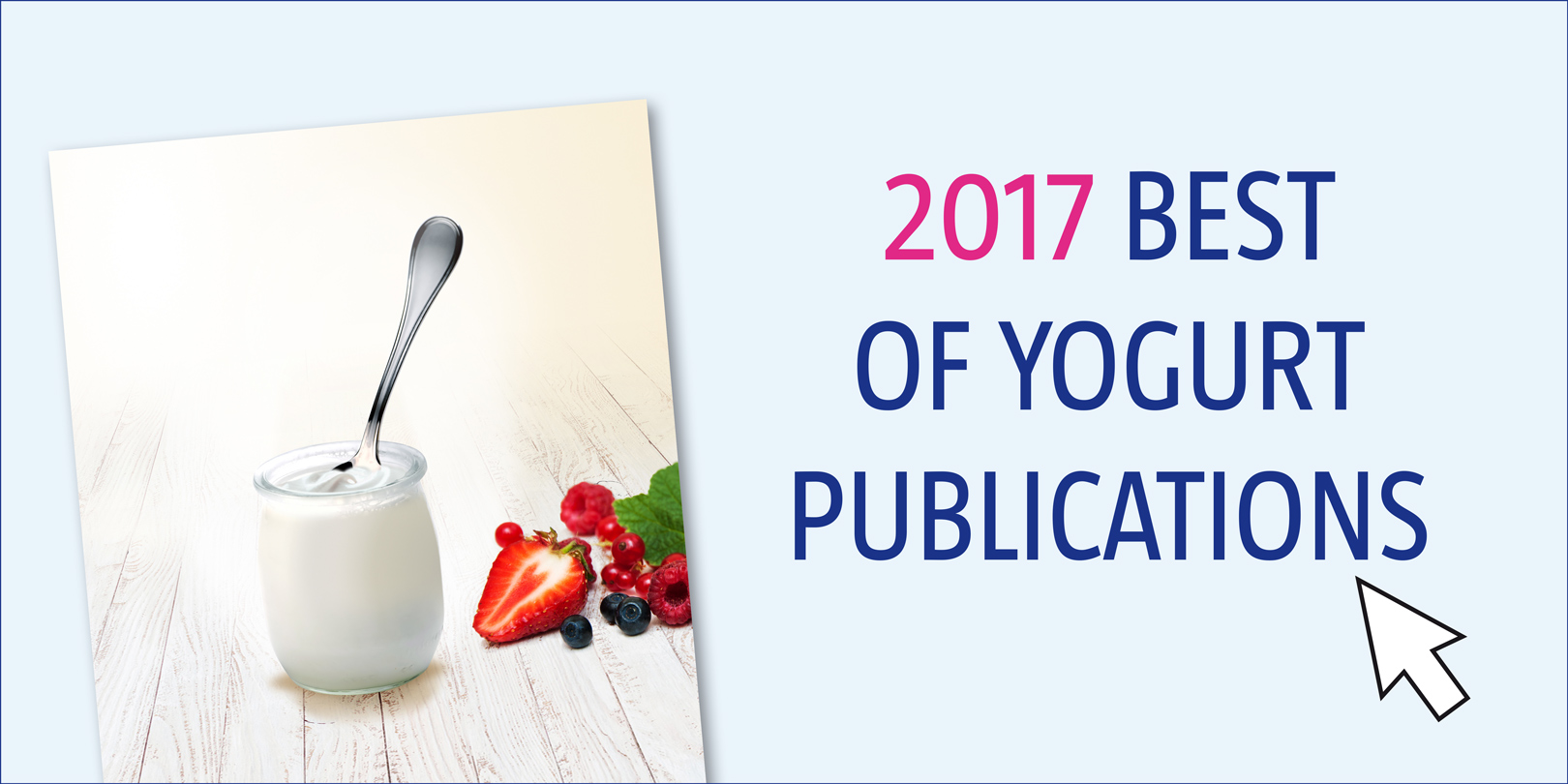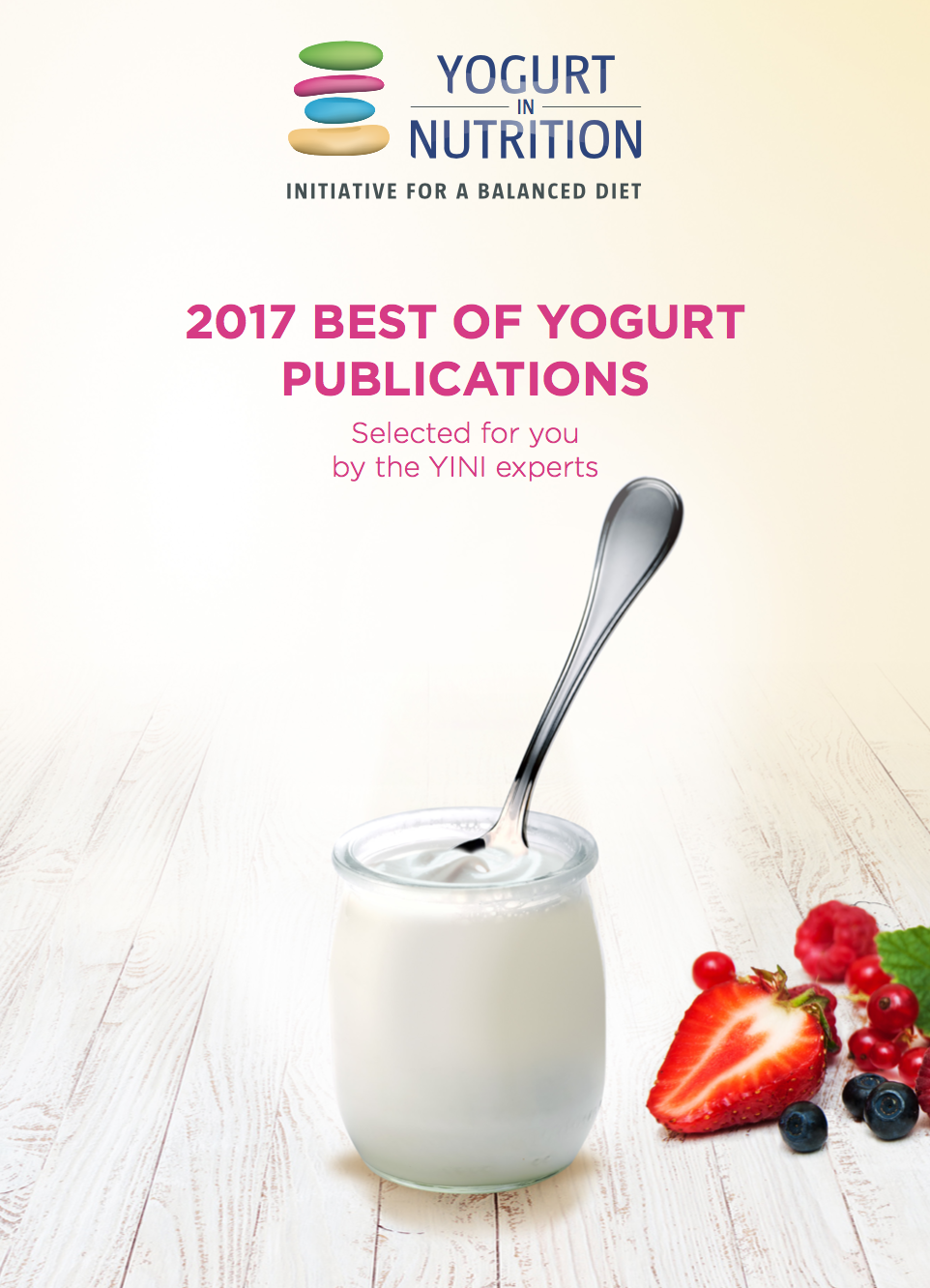2017 was a year of scientific progress on yogurt. The YINI board of experts has reviewed and compiled a selection of five major studies for you, showing exciting results on the health potential of yogurt consumption, regarding obesity and type 2 diabetes (T2D) risk, but also regarding the health costs associated with T2D and the preventive effect of a globally balanced diet.
These studies show that:
- Replacing traditional snacks, like biscuits and chocolate, for yogurt is associated with a significantly lower T2D risk in older adults at high cardiovascular risk (1)
- An economic model to predict likely cost saving revealed that increased yogurt consumption could potentially help to reduce health service costs associated with T2D (2)
- Higher consumption of whole fat yogurt was associated with a reduction in waist circumference and an increased probability of reversion of abdominal obesity in the elderly (3)
- In obese individuals, yogurt consumption may improve gut health and reduce chronic inflammation by enhancing innate and adaptive immune responses, intestinal barrier function, lipid profiles, and by regulating appetite (4)
- Combined intake of yogurt and fruit offers potential synergistic benefits on health, since they may help to prevent disease (5)
References:
- 1 Díaz-López A, Bulló M, Martínez-González MA, et al. Dairy product consumption and risk of type 2 diabetes in an elderly Spanish Mediterranean population at high cardiovascular risk. Eur J Nutr 2016;55:349–60.
- 2 Lenoir-Wijnkoop I, Mahon J, Claxton L, et al. An economic model for the use of yoghurt in type 2 diabetes risk reduction in the UK. BMC Nutr 2016;2:77.
- 3 Santiago S, Sayón-Orea C, Babio N, et al. Yogurt consumption and abdominal obesity reversion in the PREDIMED study. Nutr Metab Cardiovasc Dis 2016;26:468–75.
- 4 Pei R, Martin DA, DiMarco DM, Bolling BW. Evidence for the effects of yogurt on gut health and obesity. Crit Rev Food Sci Nutr 2017;57:1569–83.
- 5 Fernandez MA, Marette A. Potential health benefits of combining yogurt and fruits based on their probiotic and prebiotic properties. Adv Nutr 2017;8:155S–64S.




